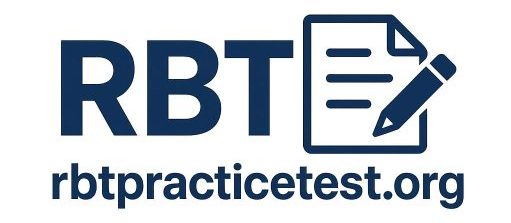RBT Practice Exam Test – Section C
This RBT skill acquisition quiz above delivers 24 multiple-choice questions. This quiz examine your ability to apply core ABA teaching strategies. The quiz questions emphasizes practical methods like prompting and shaping, chaining procedures, reinforcement schedules, and task analysis, all of which are essential for building and generalizing client skills.
Complete this Section C quiz to deepen your understanding of skill acquisition principles and reinforce your readiness for this section of the RBT exam.
Finished this section? Continue your prep by taking Practice Test Section D to review behavior reduction strategies.
